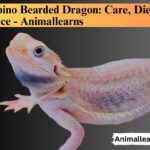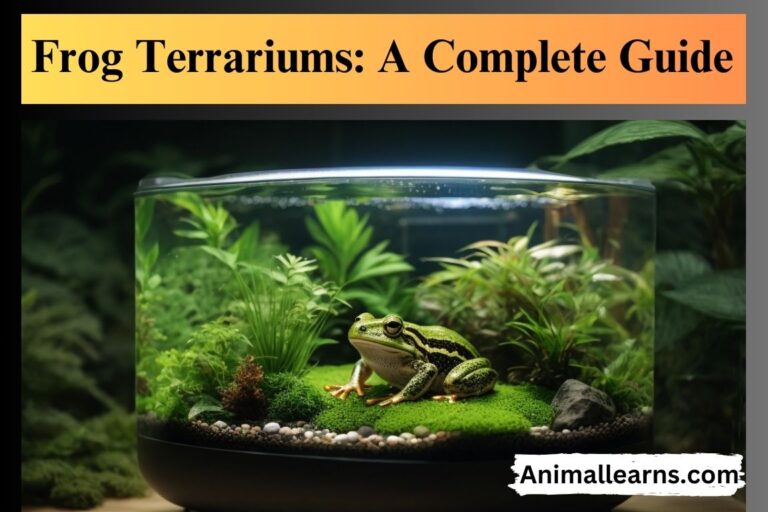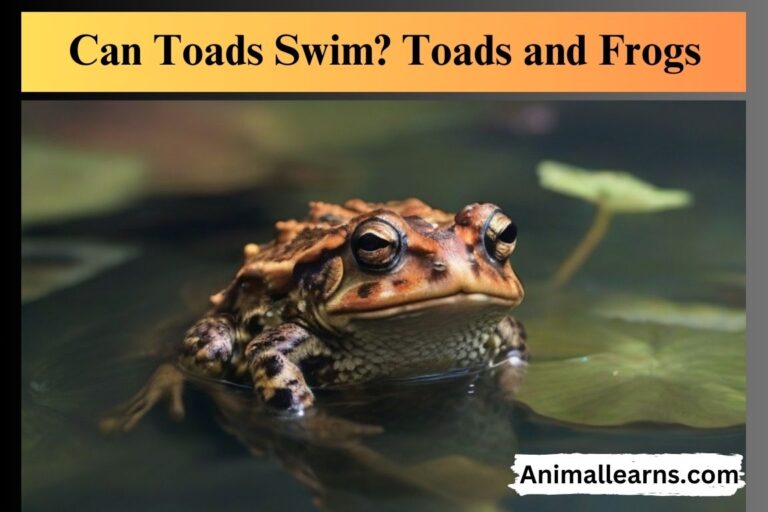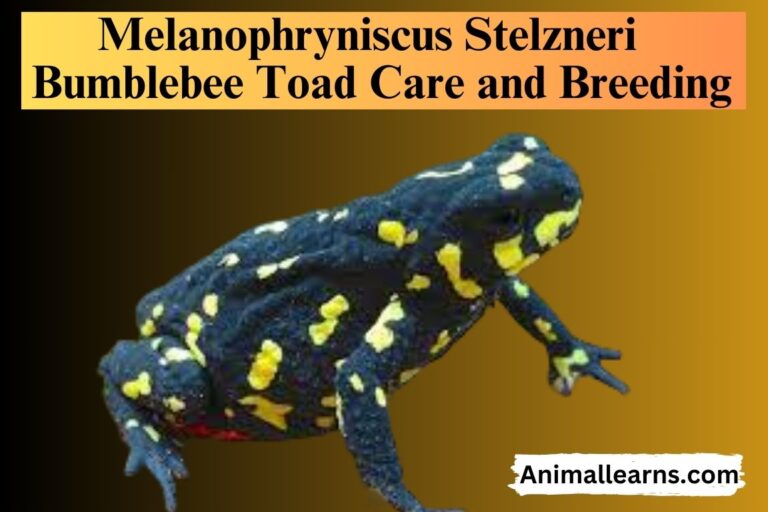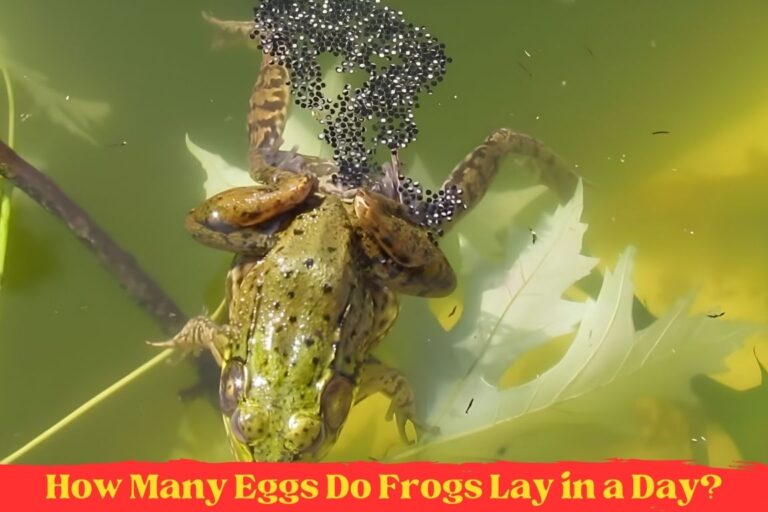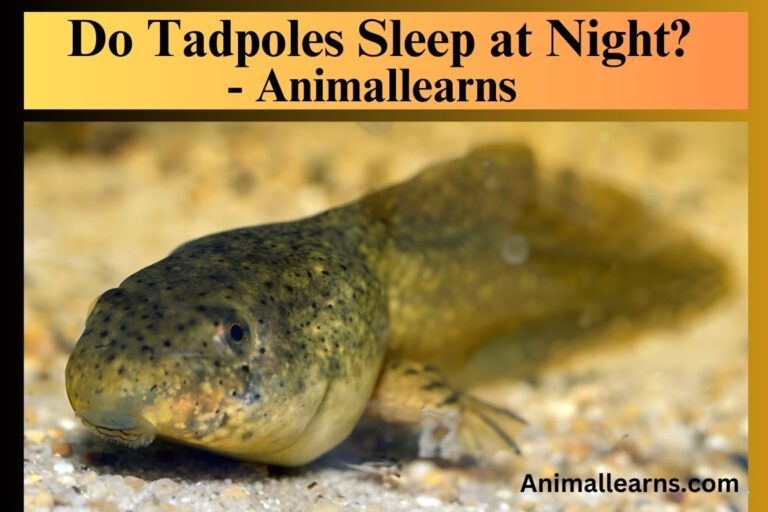4 Examples of Poisonous Lizards In Florida – Animallearns
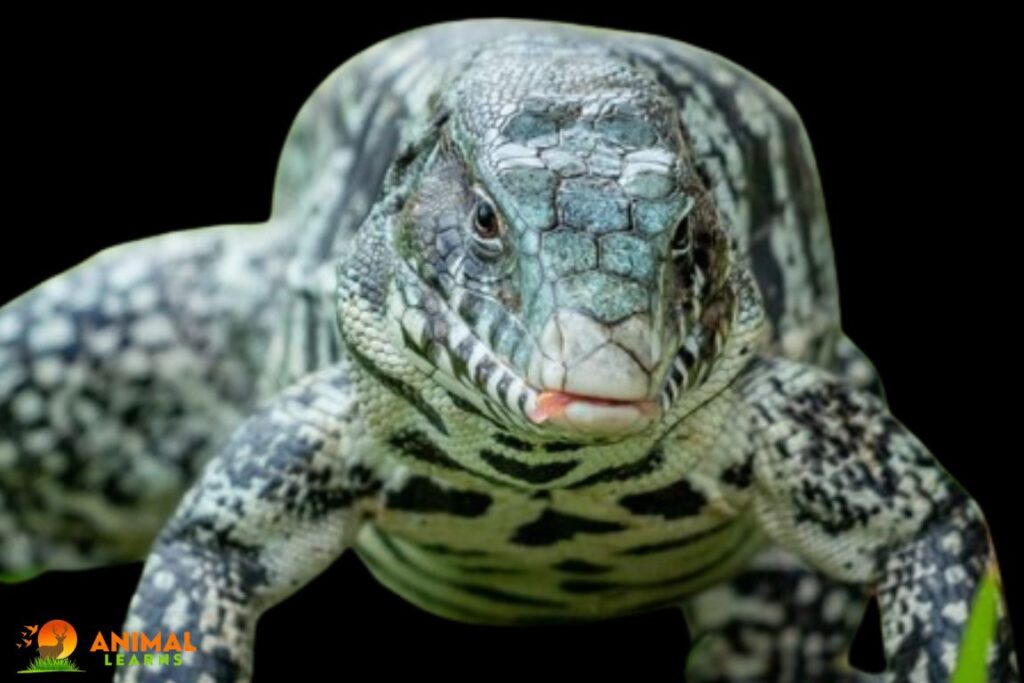
Poisonous lizards in Florida are widespread and usually harmless. However, Florida is home to a variety of toxic lizards.
Although most lizards are not poisonous, there are a few species in Florida that might surprise you negatively.
Poisonous Lizards In Florida
Contents
- 1 Poisonous Lizards In Florida
- 2 Are Lizards Poisonous
- 3 How do I know if a lizard is poisonous?
- 4 Are Small Florida Lizards Harmful?
- 5 What lizard is poisonous?
- 6 What lizard is everywhere in Florida?
- 7 Can I Touch the Lizards in Florida?
- 8 What are Those Little Lizards in Florida Called?
- 9 Are Lizards Poisonous To Dogs
- 10 Poisonous Lizards In Florida For Cats
- 11 Conclusion
- 12 FAQs
The good news is that Florida doesn’t have any toxic lizards. It is vital to understand the distinction between venomous and toxic organisms. Toxic species exude or passively release poisons, whereas venomous ones inject toxins through bites or stings.
In Florida, the vibrant reptilian landscape is devoid of naturally occurring poisonous lizards; however, tales of mythical dragons captivate the imagination with their absence from this unique ecosystem.
However, if provoked or treated improperly, a few invasive lizard species in Florida have the potential to be destructive or deadly. These are a few to be mindful of:
Argentine Black and White Tegu

With a maximum length of 4 feet, these massive lizards possess formidable jaws and a deadly bite. Salmonella bacteria are also known to be carried by them.
Nile Monitor
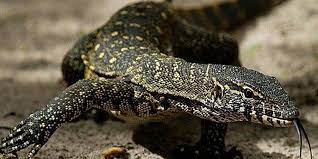
Although they originated in Africa, these semi-aquatic lizards have spread to some areas of Florida. Their poisonous bite has the potential to cause serious sickness and they may reach up to six feet in length.
Tokay Gecko
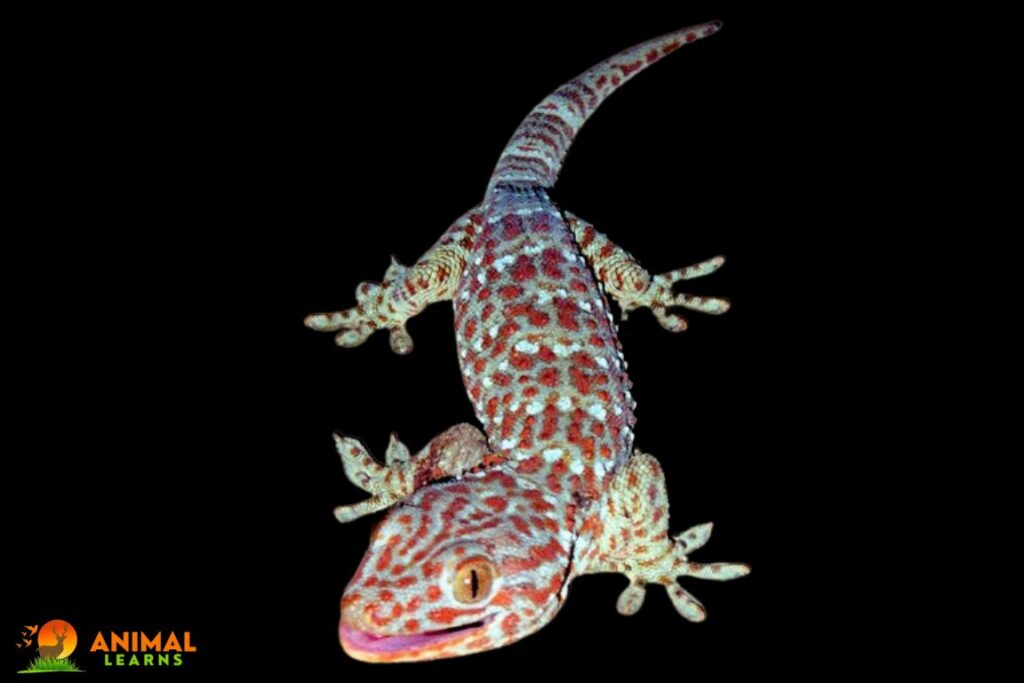
These little geckos can bite with great force and release minor poisons when they bark. Salmonella bacteria are also known to be carried by them.
Green Iguana
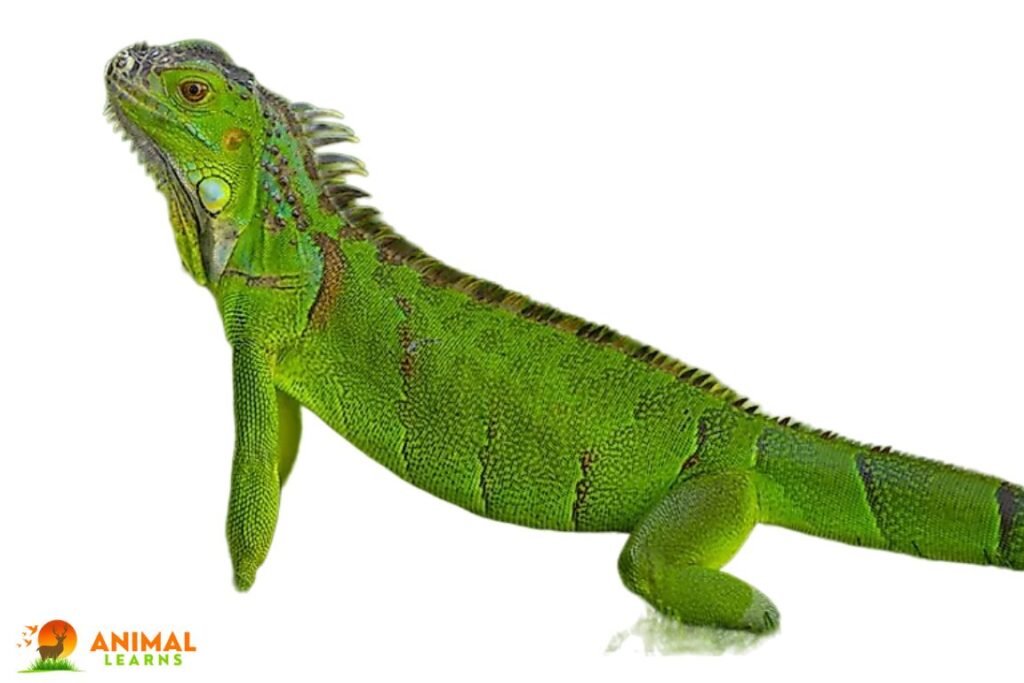
Although not deadly or venomous, these huge iguanas may bite and scrape with their keen claws. In Florida, they are a significant invasive species as well.
Are Lizards Poisonous
In actuality, over 6,000 species of lizards are not dangerous, which is a great majority! so that the next time you see one enjoying the sun, you may relax. But it’s important to distinguish between venomous and toxic substances.
Toxins can be secreted or released passively by poisonous organisms, such as some frogs and insects, frequently through their skin.
In contrast, venomous animals administer poisons through bites or stings. Although there are poisonous lizards, none of them are endemic to Florida or the majority of other frequently populated regions.
How do I know if a lizard is poisonous?
In terms of size and shape of the body, lizards are among the most varied families of contemporary reptiles. They are also among the smartest.
Lizards may be found in a variety of natural settings, such as high-altitude plants and trees and underground caverns and labyrinths.
While some lizards sprint over the desert floor at a dizzying pace, others move languidly across it, hiding behind enigmatic camouflage to keep themselves safe.
Most venomous lizards don’t bite until they are bitten or approached by anything. Because lizards like to stick to their victims, it might be difficult to get rid of a bite once it has occurred. A dry bite is conceivable, in which case no venom is released.
Are Small Florida Lizards Harmful?

Any visitor or new resident of Florida will quickly become familiar with the small lizards that live throughout the state, known as anoles. Some call them geckos, presumably because of the well-known reptile that appears in insurance advertisements.
Geckos are found in Florida, but only in its southernmost region, where they are found in the wild. These endemic lizards are native to Florida, having originated in Cuba and the Bahamas, and are now spread throughout the state.
They solely eat insects, are non-venomous, and expel very small, dry droppings. However, most people are not happy when the little guys enter the house.
They may be hard to catch because they move so quickly. As mentioned before, they are safe since they will clamp down on a finger rather than bite.
They have the ability to climb walls and find every nook and crevice to hide. It makes for a challenging endeavor as a result.
Keep your window screens in place, avoid leaving doors open longer than necessary, and keep a look out for unwanted anoles before opening any doors or windows in your home.
What lizard is poisonous?
The Gila monster, often called a poisonous lizard in Florida or venomous lizard, is a toxic (venomous) reptile that may be found in Florida. These massive, thick-bodied lizards have short, stubby legs.
They may be found in arid settings in northern Mexico and the southern United States (Florida). They have short, muscular tails and powerful legs for their little stature. Gila monsters prefer environments that are arid and desert-like, whereas beaded lizards prefer locations that are damp and dense with flora.
Gila monsters can easily keep their prey in place because of their powerful jaws. While it may be difficult to bite, crushing is far worse. A Gila monster’s teeth are razor-sharp, yet unlike dangerous snakes’ fangs, they are not hollow and cannot be used as hypodermic needles.
The Gila monster envenomates its victim by simultaneously striking and grinding its jaws, allowing the venom to seep into the wound while it nibbles through tooth gaps.
Gila monsters only generate a small quantity of poison, and very few people have ever perished from it. Their bite hurts a lot as well.
The term “Gila monster” originally referred to the lizard’s native range in the southwest of the United States, which includes the Gila River Basin in Arizona, where the species was initially identified in the 1970s.
What lizard is everywhere in Florida?
These little lizards go by a lot of names, but Anolis Sagrei, which means “brown anole” in English, is their scientific name. In South Florida, where it is hot and muggy, they are abundant. While some people claim to have seen them in other places, others claim to have seen them in parts of southern Georgia,
Texas, Louisiana, Alabama, Hawaii, and Southern California. Like so many other species found in Florida, they are considered invasive as they are not native to the state.
The Carolina Anole is a natural species of anole found in Florida that likes to live in trees. It is vivid green in color. The young green lizards in the neighborhood are the target of these brown anoles. The indigenous population of the nation where they are originally from suffers as a result.
Following mating, they lay one egg at a time, usually every 10 days, for a total of around twelve eggs laid during the breeding season.
Late summer and early fall are the times when mating takes place.
You might have seen that most of them are small in size. Females may reach a maximum length of 3-5 inches from head to tip, while males can reach a maximum length of 7-8 inches.
Can I Touch the Lizards in Florida?
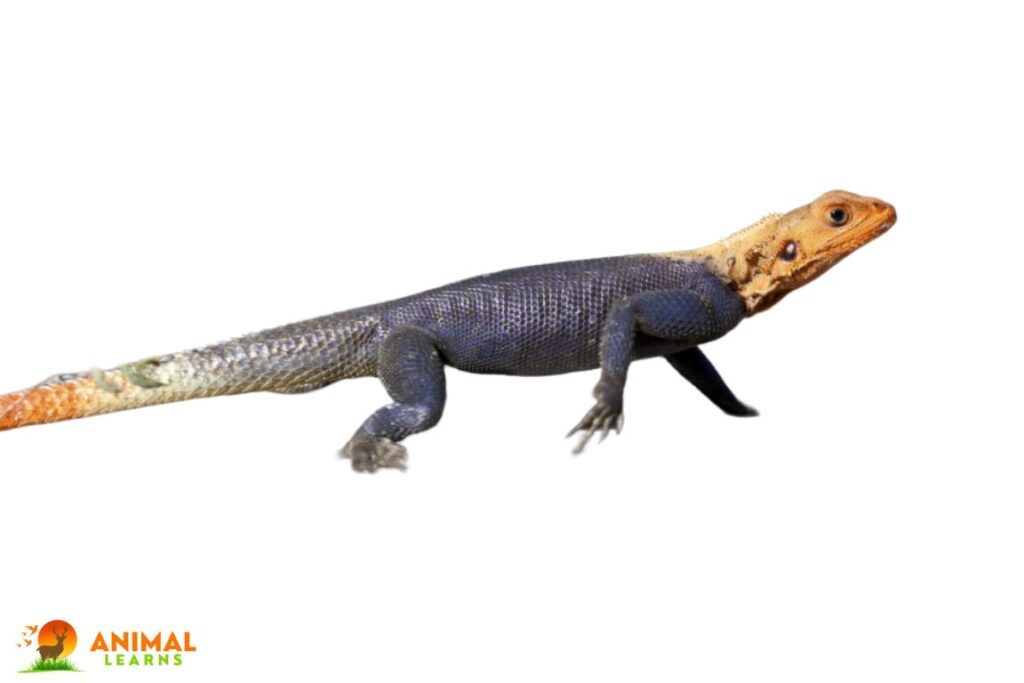
It’s true that you can touch Poisonous lizards in Florida! As a matter of fact, they frequently like being handled by humans and are accustomed to it. However, be careful to wash your hands afterward since certain lizards may harbor germs that might cause illness.
What are Those Little Lizards in Florida Called?
It is possible to find various varieties of lizards in Florida. The most prevalent kind is the green anole, which is frequently confused with a chameleon. These lizards are typically 4 to 8 inches long, with brown patches scattered throughout their predominantly green appearance.
The Cuban Knight Anole is another kind of lizard that lives in Florida. These lizards are typically brown or gray in color with black stripes, and they may reach a maximum length of two feet.
Are Lizards Poisonous To Dogs
Although your dog may find it hard to resist the temptation of pursuing a darting lizard, the majority of lizards aren’t toxic to dogs. In actuality, your pet is not really in danger from the great majority of lizard species. But there are always a few things to keep in mind.
First of all, size counts. A bigger iguana or monitor lizard may bite you, but a little gecko is not likely to hurt you very much. Although their bites are unpleasant, they are not toxic per se; rather, they may spread bacterial diseases.
Recall that it’s important to respect all animals, and it’s never a good idea to provoke any of them. Second, poisonous exotic lizard species are uncommon and are not usually seen in the wild, although they can be raised as pets.
Your best approach is always to get knowledgeable counsel from a veterinarian or wildlife specialist if you have concerns about a particular lizard encounter.
Poisonous Lizards In Florida For Cats
Although the Poisonous Lizards In Florida population is diverse, none of them are truly toxic to your curious kitty companion. Even the spiky iguanas are quite safe among the majority of natural lizards in the Sunshine State! But, as with any contact with nature, a few safety measures may guarantee a paw-sitively tranquil experience for both cat and creature.
Though not toxic, larger monitors and tegus can cause discomfort to your cat because of their strong jaws and biting. Recall that it’s important to respect all species, thus it’s ideal for paws that are interested in keeping their distance.
Although it is quite unusual to come across poisonous exotic pet lizard species in the wild, certain species can be toxic as well.
Conclusion
Although it’s obvious that Florida residents need to be alert for venomous lizards, the majority of lizards are safe. They can be hard to see because of their fast movements and skin that blends in, so it’s better to just leave them alone. Most likely it won’t harm you, but if you try to capture it, it could give you an unpleasant surprise.
FAQs
Which Florida lizards are poisonous?
Absolutely no natural lizards in Florida are toxic. They don’t have venomous glands, although they could bite hard or harbor germs.
Do Florida geckos bite?
Tokay and other species of Florida geckos are capable of biting, however their bites are not harmful to people or animals and are not toxic. However, because of the possibility of bacteria and their powerful jaws, it’s advisable to avoid touching them.
What are the 2 most poisonous lizards?
The phrase “most poisonous lizards” does not exist in reality. Lizards are classified as venomous since they are not poisonous. The Gila monster and the beaded lizard are two very poisonous reptiles that are not found in Florida.
What lizards are banned in Florida?
In Florida, it is illegal to own iguanas, tegus, and Nile monitors, among other lizard species. This is because there are worries about possible harm to native species and ecological upheaval.
What happens if a Florida lizard bites you?
If a Florida lizard bites you, maintain your composure and clean the wound right away. Check for infections and get medical advice if necessary. While the majority of bites are not dangerous, each animal bite has the potential to spread pathogens.
Do Florida lizards carry diseases?
Yes, certain Florida lizards are capable of harboring salmonella infections. It is advisable to keep your hands away from wildlife and to fully wash them after any interaction.




